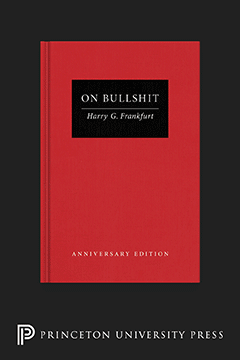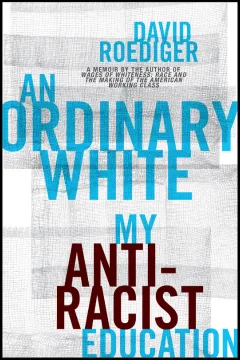The Algerian Tragedy
The Algerian Tragedy
ALGERIA: THE REALITIES, by Germaine Tillion. Alfred A. Knopf, New York. 1958.
Germaine Tillion’s Algeria is a beautifully written, but seriously flawed, book. The author, an ethnologist and a leading French authority on the sociology of Algeria, has put together this study of the Algerian reality with a precision and firmness hard to surpass. Mile. Tillion knows what she is talking about; further, her presentation is as sure as her grasp.
Her thesis is a simple one: Between France and Algeria there is a two-way current of dependence, an “objective interdependence” as she wrote earlier (Encounter, July, 1958). Two more mutually linked communities would be hard to imagine. Yet each can destroy —and are—the other; the author cites the example of North American male deer and bucks who, when fighting, frequently interlock their antlers and die together, “snout to snout.”
More concretely, there are 400,000 Algerian workers who have immigrated to work in France; a minimum of 2,000,000 of their countrymen depend primarily on the money order remittances these industrial workers send home each month in order to eat; by the same token, of the 1,200,000 non-Moslems living in Algeria, we can eliminate perhaps 100,000 who are “colons” (settlers) or of their milieu. This leaves a balance of over one million non-Moslems who are skilled workers, government officials, white collar employees, taxi drivers, service managers,...
Subscribe now to read the full article
Online OnlyFor just $19.95 a year, get access to new issues and decades' worth of archives on our site.
|
Print + OnlineFor $35 a year, get new issues delivered to your door and access to our full online archives.
|






